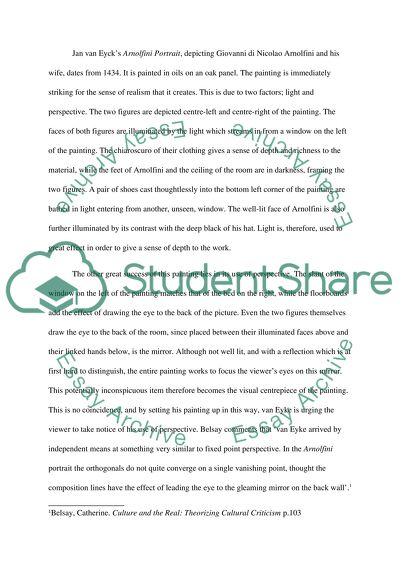Cite this document
(The Creation, Development and Use of Mirrors in Northern Renaissance A Essay, n.d.)
The Creation, Development and Use of Mirrors in Northern Renaissance A Essay. Retrieved from https://studentshare.org/performing-arts/1554041-the-creation-development-and-use-of-mirrors-in-northern-renaissance-art
The Creation, Development and Use of Mirrors in Northern Renaissance A Essay. Retrieved from https://studentshare.org/performing-arts/1554041-the-creation-development-and-use-of-mirrors-in-northern-renaissance-art
(The Creation, Development and Use of Mirrors in Northern Renaissance A Essay)
The Creation, Development and Use of Mirrors in Northern Renaissance A Essay. https://studentshare.org/performing-arts/1554041-the-creation-development-and-use-of-mirrors-in-northern-renaissance-art.
The Creation, Development and Use of Mirrors in Northern Renaissance A Essay. https://studentshare.org/performing-arts/1554041-the-creation-development-and-use-of-mirrors-in-northern-renaissance-art.
“The Creation, Development and Use of Mirrors in Northern Renaissance A Essay”. https://studentshare.org/performing-arts/1554041-the-creation-development-and-use-of-mirrors-in-northern-renaissance-art.


